Probably, this would be the most asked question among the aspirants, and they have been trying and putting in all their efforts to ace this part of the examination. I will not go through a lot of introduction though, but I can say that this is the best part of the complete General Studies paper of whatever defence examination you consider. Trust me, if you get the vibe of it, you will love polity so much that you suddenly show interest in reading newspapers, knowing about the politicians, educating yourself and your mates about the social issues in your area and you do many more. The understanding polity will give you a sense of belongingness of this country and you will understand the regulations to be followed to make good leaders. Polity and public administration are the only subjects that create a vast sense of accountability in your heart. You will always be remembered, and you will also remember the main things. Talking in exam terminology, you get a minimum of 25 questions in CDS exam, 7 questions in NDA exam, 5 in AFCAT exam and 6 in INET exam from Polity. This number might vary in terms of plus or minus 1 or 2 but this is the estimate as per the scheme observed from the previous papers.
To master Polity, you need to master one and only one thing. And that is OUR CONSTITUTION. So how to learn and remember these? Here you go…!
- The constitution is divided into 25 PARTS. In all of these 25 parts, together, you have 448 ARTICLES.
- The constitution also has 12 SCHEDULES and 5 APPENDICES.
- Until now, our constitution has been AMENDED 103 TIMES. (Latest is on 14th January 2019).
- You should know that there are THREE BRANCHES OF DEMOCRACY – EXECUTIVE, LEGISLATURE AND JUDICIARY. All of these three branches ALWAYS work UNDER the Constitution. None of these can usurp the supremacy of the Constitution. (Now, do not get confused with “amending” constitution and “usurping powers” of the constitution. Both are different.)
- THE PRESIDENT heads the Executive Branch, Legislature includes the PARLIAMENT and the Judiciary is by far usual independent.
- Now, once you know the above points, go through these ONE – BY – ONE step-by-step to gain the knowledge. Answer each question by your inquisition here.
- The Preamble – Better memorize it completely. Even in sleep you must be able to speak out it “as it is”. Then, what smart chaps will do is that they will even note down when each and every word is added to our constitution. So if you are smart, you can do it.
- The Constituent Assembly – Our forefathers who wrote this exquisite piece of beautiful work, lengthiest and most verbose, know about these founders. Who are they? What were the committees that worked in it? Who said what and how it changed the whole discussions and ideology of members? First of all, who were these members and how were they elected? Find the answers.
- India got independence in 1947. And our country became “republic” in 1950. That means, we had our first republic day on 26th January 1950. So, between 15th August 1947 and 26th January 1950, what government was there in our country? What were its features?
- Once you get to know about the founders and the story of the constituent assembly, its time for you to go through the Articles. First, memorize all 25 parts. What each part of the constitution speaks about – make a note of it.
- Now, there are some tricky Articles that are placed in extremely different parts. For example, you will find the Article describing the Attorney General in between the Articles describing the functions of the Parliament. Attorney General is not a part of the parliament. Then why is the Article describing him placed there? These things you must observe.
- On the whole of the constitution, there are some “landmark” Articles (around a 100 to be compulsorily remembered – if you are a paid subscriber of SSBCrack Exams, you will know what these are. We are covering these things up extremely rapidly there.) Your additional job is to remember these important Articles – some might be the Emergency powers of the President or Governor, Special Status to some States, Finance Commission, Election Commission, the GST Council, etc. In fact, there are many more.
- The Articles describing Panchayat Raj, Centre-State relations, the financial provisions, the types of emergency, the Martial Law, the Fundamental Rights and Fundamental Duties, the Directive Principles of State Policy, Citizenship, Zonal Councils, Parliament, are all very important. Extremely important.
- Know the sources of our constitution. What things are borrowed from the constitutions of different nations, what did we adopt and all.
- Remember the timeline of the Constitution – this will cover your basement. Without this knowledge, it is a sin to say that you prepared for exam in Polity.
Timeline of formation of the Constitution of India
- 6 December 1946: Formation of the Constituent Assembly (in accordance with French practice).
- 9 December 1946: The first meeting was held in the constitution hall (now the Central Hall of Parliament House). The 1st person to address was J. B. Kripalani, Sachchidananda Sinha became temporary president. (Demanding a separate state, the Muslim League boycotted the meeting.)
- 11 December 1946: The Assembly appointed Rajendra Prasad as its president, H. C. Mukherjee as its vice-chairman and B. N. Rau as constitutional legal adviser. (There were initially 389 members in total, which declined to 299 after partition. Out of the 389 members, 292 were from government provinces, 4 from chief commissioner provinces and 93 from princely states.)
- 13 December 1946: An ‘Objectives Resolution’ was presented by Jawaharlal Nehru, laying down the underlying principles of the constitution. This later became the Preamble of the Constitution.
- 22 January 1947: Objective resolution unanimously adopted.
- 22 July 1947: National flag adopted.
- 15 August 1947: Achieved independence. India split into the Dominion of India and the Dominion of Pakistan.
- 29 August 1947: Drafting Committee appointed with B. R. Ambedkar as its Chairman. The other 6 members of committee were K. M. Munshi, Sayyed Muhammed Sadulla, Alladi Krishnaswamy Iyer, N. Gopalaswami Ayyangar, D. P. Khaitan and B. L. Mitter.
- 16 July 1948: Along with Harendra Coomer Mookerjee, V. T. Krishnamachari was also elected as second vice-president of Constituent Assembly.
- 26 November 1949: The Constitution of India was passed and adopted by the assembly.
- 24 January 1950: Last meeting of Constituent Assembly. The Constitution was signed and accepted. (with 395 Articles, 8 Schedules, 22 Parts). On this day only, the National Anthem and National Song were adopted.
- 26 January 1950: The Constitution came into force. (The process took 2 years, 11 months and 18 days – at a total expenditure of ₹6.4 million to finish.) On this historic day, our National Emblem was adopted.
- G. V. Mavlankar was the first Speaker of the Lok Sabha (the lower house of Parliament) after India turned into a republic. The first Chairman of Rajya Sabha, the Vice President, is Dr. Sarvepalli Radhakrishnan.
- Additionally, know about the first cabinet ministers of our country.
- Always, do not get feared or bored by the language of the Constitution. Break down the sentences into simple words and then join them together to maintain a flow. Initially, it seems problematic, but as time progresses, you’ll find fun.
- Always have keen knowledge about the current government schemes and methodologies. Having a knowledge about all proceedings of the finance commission every year, the budget of our country every year, etc. will always keep your preparation fresh and exam ready.
List of Parts of Indian Constitution:
| No. | Part | Contents of the Part | Articles it contains | Important Articles to remember |
| 1 | Part I | Union and its Territory | 1 to 4 | All |
| 2 | Part II | Citizenship | 5 to 11 | All |
| 3 | Part III | Fundamental Rights | 12 to 35 | All |
| 4 | Part IV | Directive Principles of State Policy | 36 to 51 | All |
| 5 | Part IVA | Fundamental Duties | 51A | All |
| 6 | Part V | The Union | 52 to 151 | 52, 53, 55, 61, 64, 65, 66, 70, 72, 74, 75, 76, 77, 78, 80, 81, 84, 85, 98, 100, 102, 103, 105, 110, 114, 123, 124, 124C, 140, 148, 149 |
| 7 | Part VI | The States | 152 to 237 | 153, 155, 157, 163, 165, 166, 168, 169, 187, 191, 199, 226, 230, 231, 233 |
| 8 | Part VII | States in the B part of the First schedule (repealed by 7th Amendment) | Repealed | Repealed |
| 9 | Part VIII | The Union Territories | 239 to 242 | 239, 239A, 239AA, 239AB, 239B |
| 10 | Part IX | The Panchayats | 243 to 243O | All |
| 11 | Part IXA | The Municipalities | 243P to 243ZG | 243 (Q, R, W, X, Y, ZB, ZG) |
| 12 | Part IXB | The Co-operative Societies | 243ZH to 243ZT | 243 (ZJ, ZR, ZS) |
| 13 | Part X | The scheduled and Tribal Areas | 244 to 244A | All |
| 14 | Part XI | Relations between the Union and the States | 245 to 263 | 258, 259, 250, 251, 252, 257, 258, 260, 261 |
| 15 | Part XII | Finance, Property, Contracts and Suits | 264 to 300A | 265, 267, 285, 290, 290A, 300A |
| 16 | Part XIII | Trade and Commerce within the territory of India | 301 to 307 | 302 |
| 17 | Part XIV | Services Under the Union, the States | 308 to 323 | 312, 315, 320, 321 |
| 18 | Part XIVA | Tribunals | 323A to 323B | All |
| 19 | Part XV | Elections | 324 to 329A | All |
| 20 | Part XVI | Special Provisions Relating to certain Classes | 330 to 342 | All |
| 21 | Part XVII | Languages | 343 to 351 | 343 |
| 22 | Part XVIII | Emergency Provisions | 352 to 360 | All |
| 23 | Part XIX | Miscellaneous | 361 to 367 | 361, 364 |
| 24 | Part XX | Amendment of the Constitution | 368 | All |
| 25 | Part XXI | Temporary, Transitional and Special Provisions | 369 to 392 | 371 (B – J), 372, 378, 378A |
| 26 | Part XXII | Short title, date of commencement, etc. | 393 to 395 | 393, 394 |
For more tips and detailed guidance, you can visit our courses page and check for your favourite useful course and enrol in it. At SSBCrackExams, we kept all things ready for you. One way to ace in exam is to have a practice of N number of mock tests. We provided that too. Come on board with us and delve deeper into your officer senses.
Download: SSB Interview eBook Pack
I hoped my article helped you. If you found anything and by following it, you truly made a progress in your preparation, please share with us here. You have no idea who is taking inspiration from you at what time. So, keep the fire lit. All the Best.

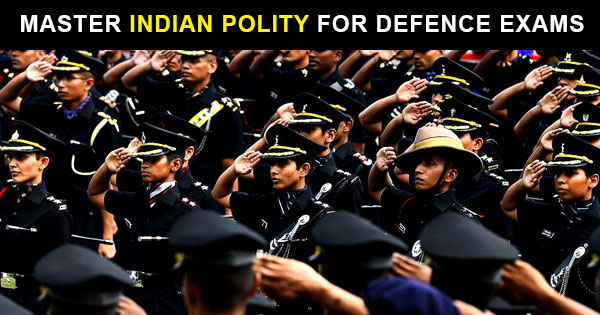

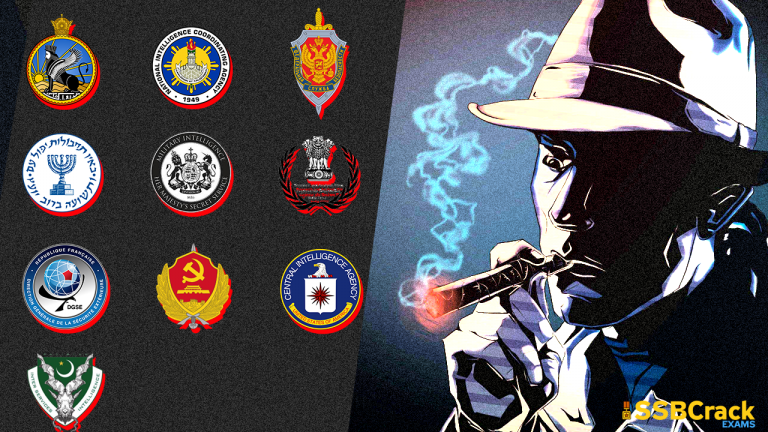
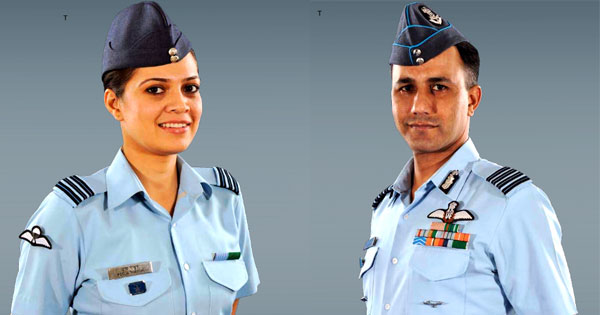
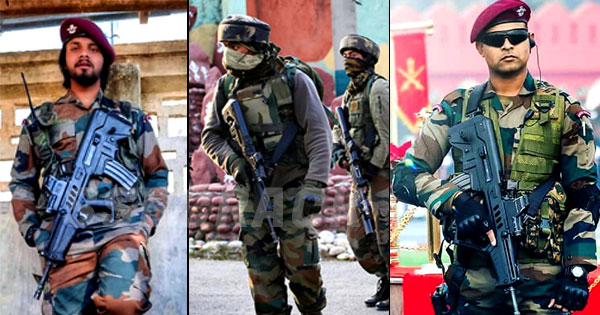
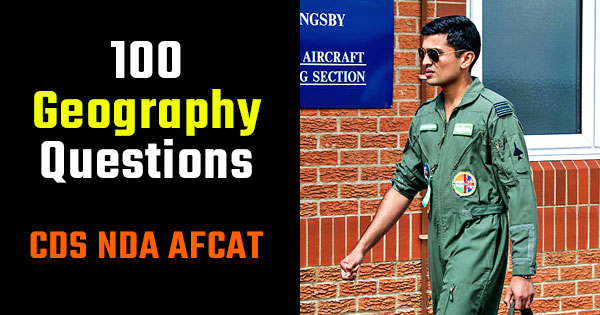
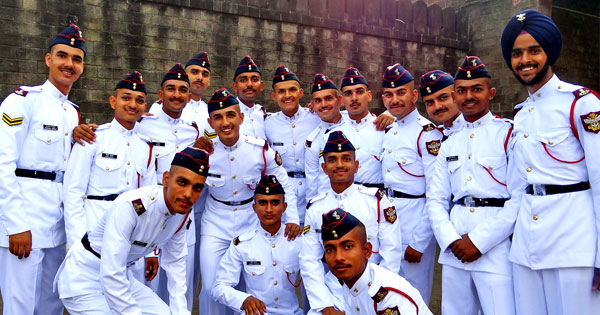



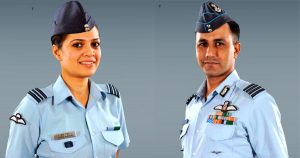
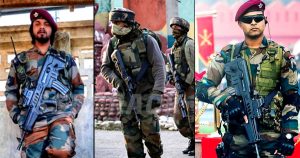






Please make such blogs for other subjects too of gs
Please make a blog regarding choices available for regiment in TGC and SSC tech entry courses.
Sir in SSB interview does the interviewer clearly sees the stream that the student has taken like s I have taken commerce with mathematics